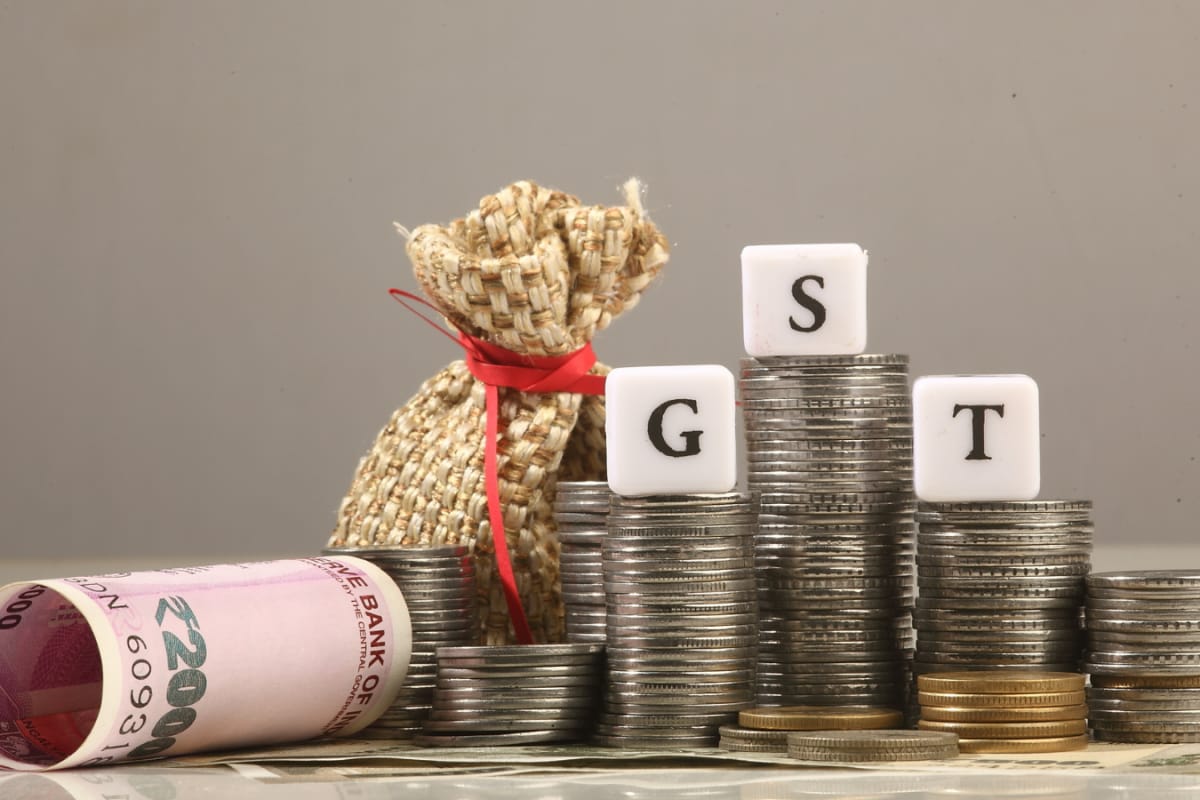Gold's Idle Value
India possesses a staggering amount of gold, estimated to be worth approximately $3 trillion, a considerable portion of which remains inactive. This substantial
wealth is predominantly held within Indian households, often stored as jewelry or in various physical forms. The current utilization of this gold is primarily focused on its use as collateral for loans, a practice that, while offering immediate financial assistance, may not fully harness its broader economic potential. This scenario presents an opportunity to contemplate alternative strategies that could unlock greater value from this national asset. The challenge lies in formulating approaches that facilitate a more dynamic and productive engagement with this significant resource, thereby contributing to economic growth.
Beyond Loan Collateral
Traditionally, the primary use of gold in India has been as a security for loans. However, focusing solely on this function limits the potential economic benefits that could be derived from this asset. There's a clear need to broaden the scope of gold's application beyond its role as a mere lending instrument. Innovative strategies could include channeling gold into various investment vehicles, creating gold-backed financial products, or even exploring its use in infrastructure projects. By expanding the utility of gold, India could potentially stimulate economic activity and generate greater returns. This approach would require thoughtful policy interventions and the development of a robust ecosystem to ensure the secure and efficient utilization of the precious metal.
Public Discourse on Gold
The discussion around optimizing the use of household gold has sparked a variety of opinions. Some economic experts and financial analysts have highlighted the economic inefficiencies of keeping such a vast amount of gold largely inactive. They advocate for measures that encourage its more productive deployment. Conversely, some individuals have expressed concerns regarding the security and trust aspects related to alternatives to traditional gold holdings. The debate encompasses considerations ranging from the practicalities of implementing new strategies to the safeguarding of public confidence. It showcases the complexity of the issue and the different viewpoints that must be considered when formulating policies aimed at maximizing the economic value of this national treasure.
Unlocking Economic Benefits
The primary goal is to leverage the estimated $3 trillion worth of gold in Indian households to stimulate economic growth. One pathway could be to encourage the conversion of gold holdings into investment instruments that generate returns, offering the potential for increased capital formation. Another could be to create financial products backed by gold, providing investors with a secure avenue for investment and potentially fostering more liquid markets. Further, if a portion of the gold could be channeled into infrastructure projects, it could bolster economic expansion through the financing of large-scale developments. The potential benefits are considerable, including increased investment, economic diversification, and enhanced financial stability. The key lies in crafting well-designed and trusted mechanisms for unlocking these advantages.
Challenges and Considerations
Several challenges must be addressed to unlock the full potential of India's household gold. Security and trust are paramount; any new initiatives must include robust measures to protect the public's assets and build confidence in the system. Policy frameworks will be essential to guide the implementation of new strategies, while ensuring their alignment with broader financial goals. Additionally, market infrastructure will require upgrades to facilitate the seamless conversion and management of gold holdings. Public awareness campaigns are needed to educate individuals about the new options and the advantages they offer. Successfully navigating these considerations will be critical to maximizing the positive impact of India's substantial gold reserves on the national economy.



